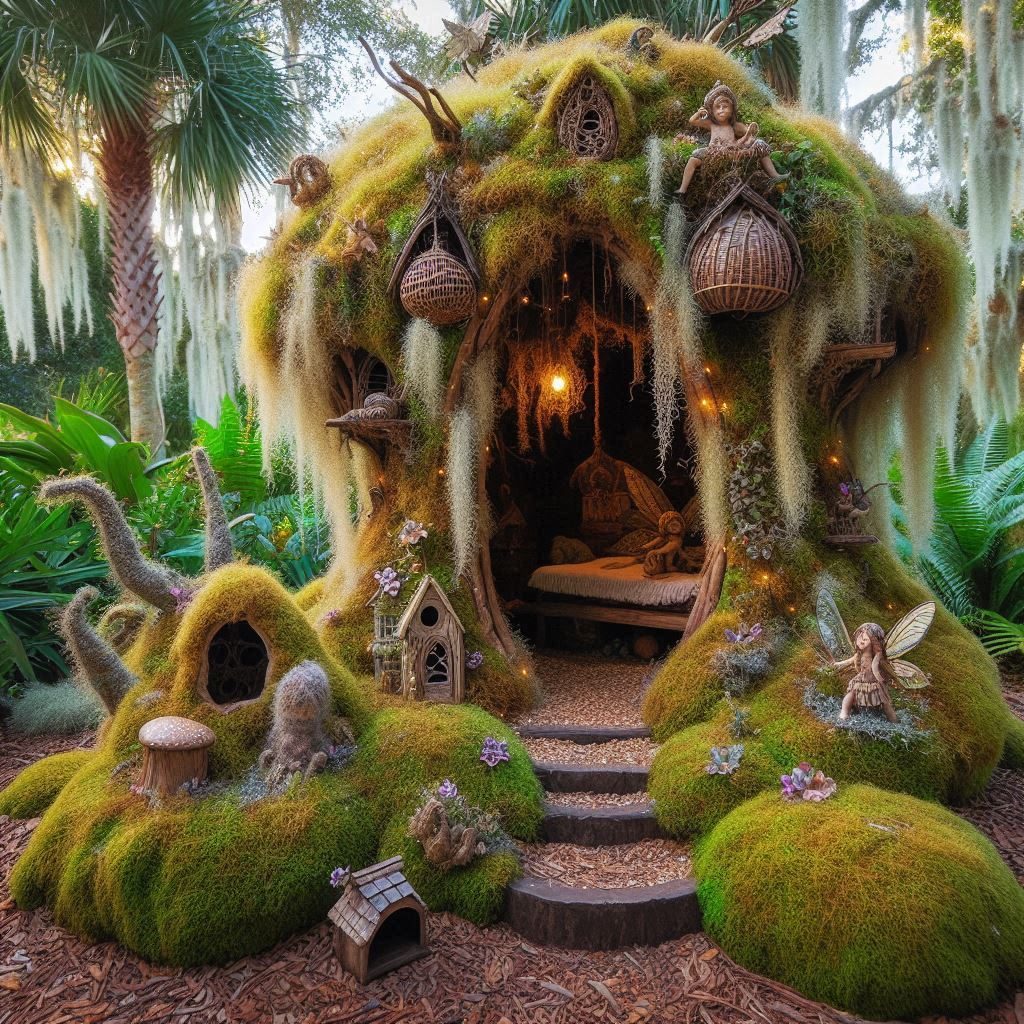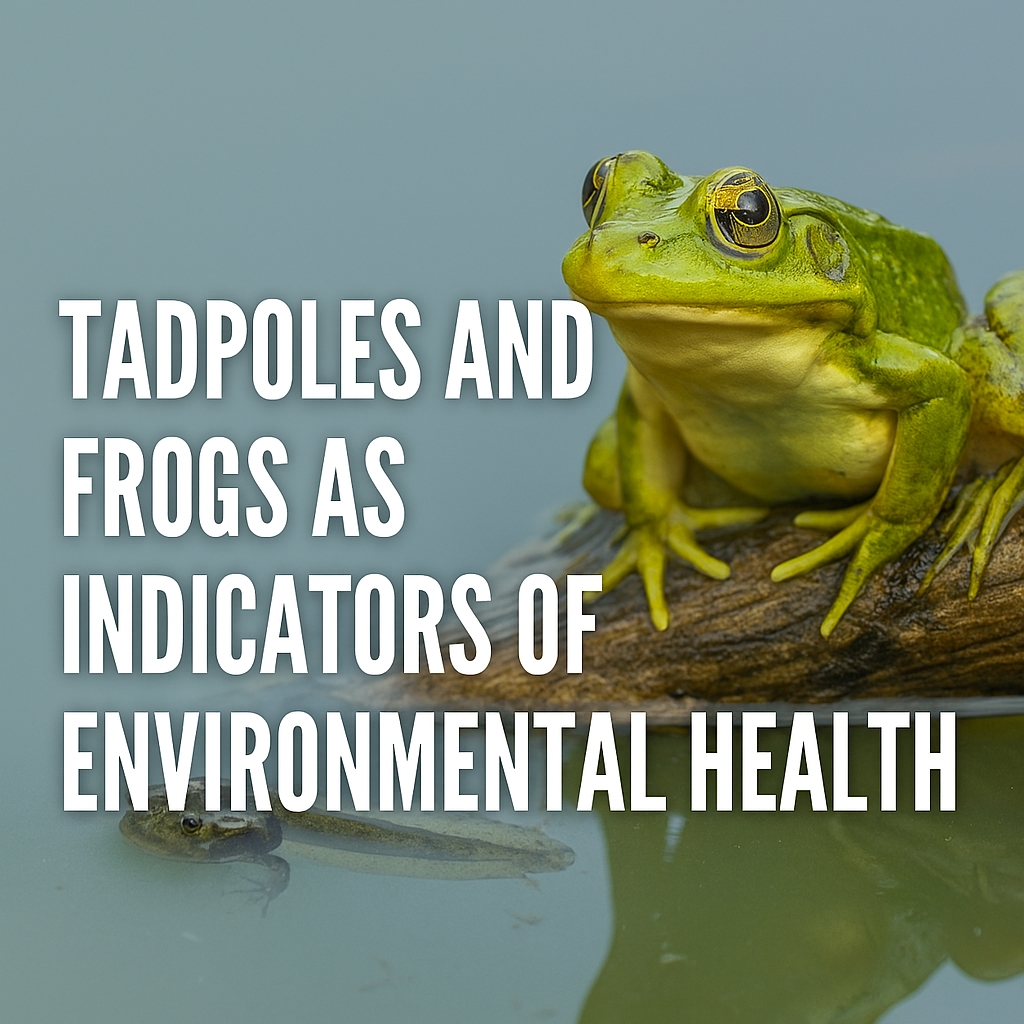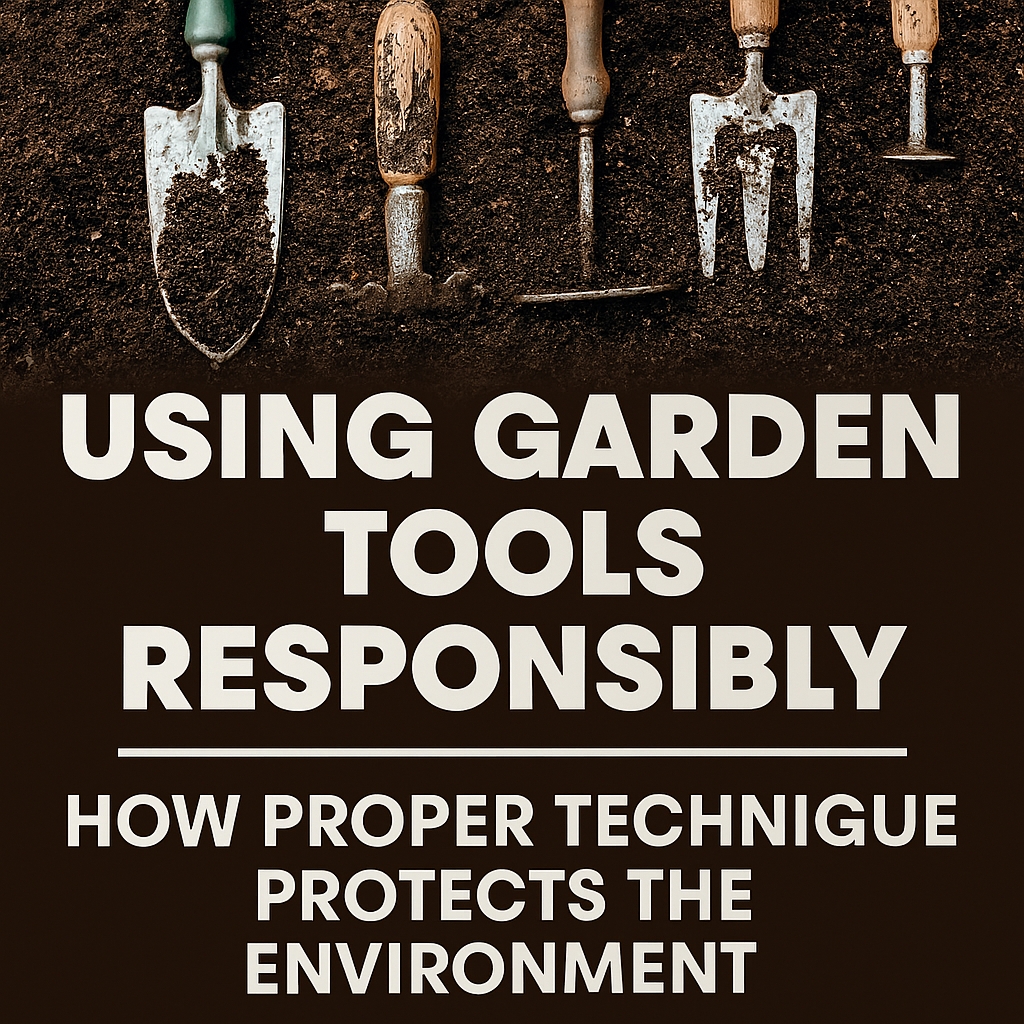Can we help with kelp with man-made eco reefs?
Kelp forests are among the most productive and diverse ecosystems on the planet, providing food, shelter, and habitat for hundreds of millions of marine species and people. However, these underwater forests are under threat from climate change, ocean warming, and overgrazing by sea urchins. In some regions, such as Australia, kelp forests have declined dramatically or disappeared completely, with devastating consequences for the biodiversity and economy of the Great Southern Reef.
To restore and protect these vital ecosystems, scientists and conservationists are exploring various methods of kelp forest restoration, including transplanting kelp from healthy donor sites, selectively breeding heat-tolerant kelp strains, and deploying artificial reefs to provide substrate and shelter for kelp and other marine life.
One of the challenges of kelp forest restoration is finding suitable locations and conditions for kelp to grow and survive. Kelp needs cool, nutrient-rich water, adequate light, and hard substrate to attach to. Artificial reefs, such as concrete blocks, steel structures, or recycled materials, can offer some of these requirements, but they are not always effective or appropriate for the local environment. Artificial reefs can also be expensive, difficult to install and maintain, and potentially harmful to the existing marine life.
A novel approach to kelp forest restoration is using man-made seaweed reefs, which are designed to mimic the natural structure and function of kelp forests. These reefs are made of biodegradable mesh cubes that are seeded with native kelp species and weighted with recycled rocks. The cubes are deployed in areas where kelp forests have been lost or degraded, and provide a temporary scaffold for the kelp to grow and establish. The kelp then forms a canopy that shades and protects the reef from heat and grazing, and creates a complex habitat for a variety of marine species, such as fish, crustaceans, and molluscs. The mesh cubes eventually degrade and disappear, leaving behind a self-sustaining kelp forest.
This method has been successfully tested in several locations around the world, such as the UK, Norway, and Australia, and has shown promising results in terms of kelp survival, growth, and diversity. The advantages of man-made seaweed reefs are that they are relatively low-cost, easy to deploy and monitor, and environmentally friendly. They also have the potential to enhance the ecosystem services and benefits of kelp forests, such as carbon sequestration, coastal protection, and fisheries production.
However, man-made seaweed reefs are not a silver bullet for kelp forest restoration, and they face some challenges and limitations. For instance, they may not be suitable for areas with high wave energy, strong currents, or sedimentation, which can dislodge or bury the cubes. They may also require ongoing management and protection from human activities, such as fishing, boating, or diving, which can damage or disturb the reefs. Moreover, they may not be enough to cope with the increasing frequency and intensity of marine heatwaves, which can cause mass mortality of kelp and other marine organisms.
Therefore, man-made seaweed reefs should be seen as a complementary tool for kelp forest restoration, rather than a replacement for natural kelp forests. They should also be accompanied by other measures, such as reducing greenhouse gas emissions, enhancing kelp resilience and adaptation, and restoring kelp predators and herbivores, to ensure the long-term survival and recovery of kelp forests and the Great Southern Reef.
This idea is different and if you have any questions or suggestions please let us know in the comments section so we can get back to you.
For more information EcoReefs check out ecoreefproject.com
#kelp #seaweed #reef #restoration #conservation #marine #ecology #climate #change #blog #post


















Can The EcoReef Project Help With Kelp - EcoReef.co
[…] while keeping energy consumption to a minimum. Our EcoReefs are designed for long-term use in kelp and other areas, providing a sustainable solution for years to come. Welcome to the EcoReef Initiative, where we […]